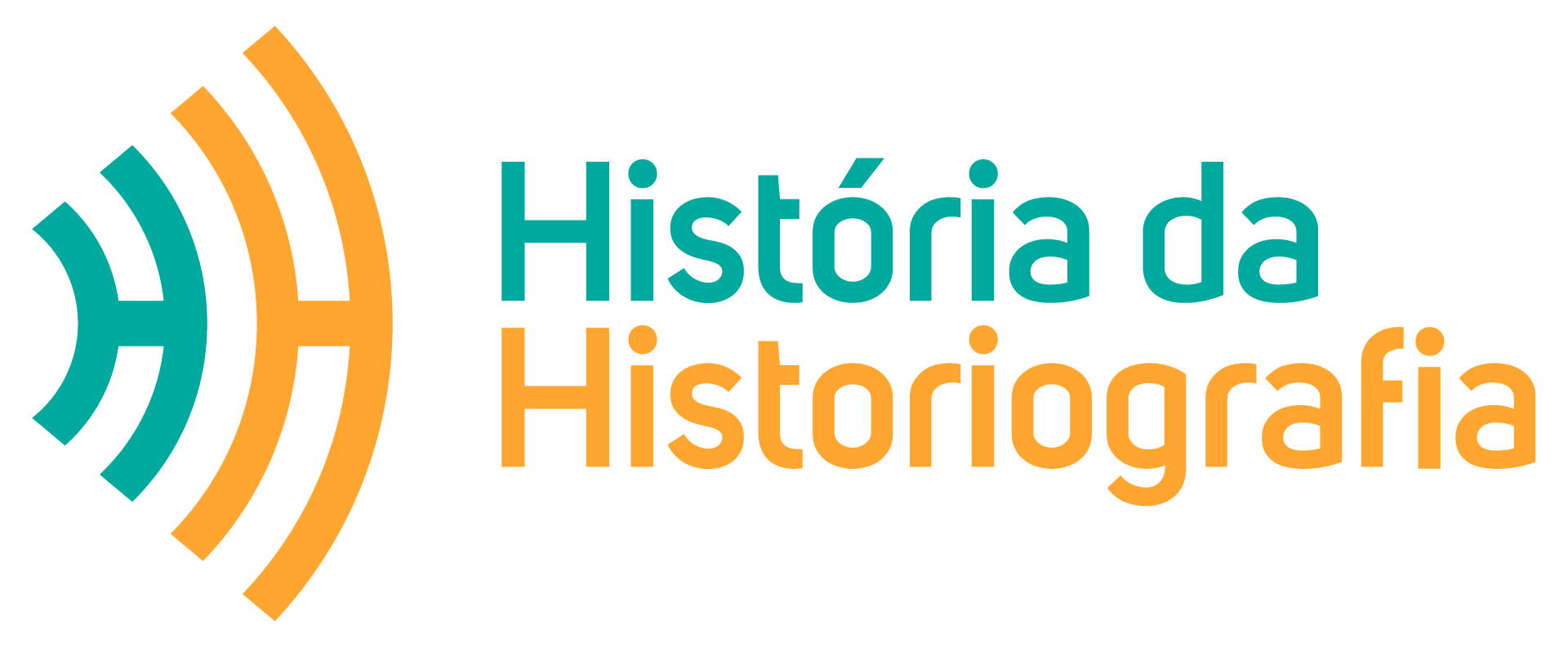Abstract
The purpose of this article is to analyze how the Aymara sociologist Silvia Rivera Cusicanqui identifies in the images present in the work Primer nueva corónica y buen gobierno, from 1615, by the chronicler Felipe Guamán Poma de Ayala, the construction of a visual episteme for Andean America. The Bolivian sociologist resignifies the images, highlighting their theoretical potential for the development of concepts and reading keys that can be used to understand colonial and contemporary Andean history. The books published by the author between 2010 and 2018 will be used as sources. In theoretical and methodological terms, it will be important to understand the critical reflections proposed by authors identified with post-colonial and decolonial perspectives, in addition to studies that turn to non-canonical epistemologies comprising as fundamental knowledge for a critical and decolonizing positioning, such as the works of Linda Smith and Boaventura de Sousa Santos. Finally, this reflection demonstrates Silvia Rivera Cusicanqui’s position around an epistemic decolonization proposal, by transforming Guamán Poma de Ayala into a subject of knowledge and by demonstrating that the experience of visuality is also important in the epistemological formulation of history.
Epistemology:
Historical sources; Intellectual history

 Thumbnail
Thumbnail
 Thumbnail
Thumbnail
 Thumbnail
Thumbnail
 Fonte:
Fonte:  Fonte:
Fonte:  Fonte:
Fonte: